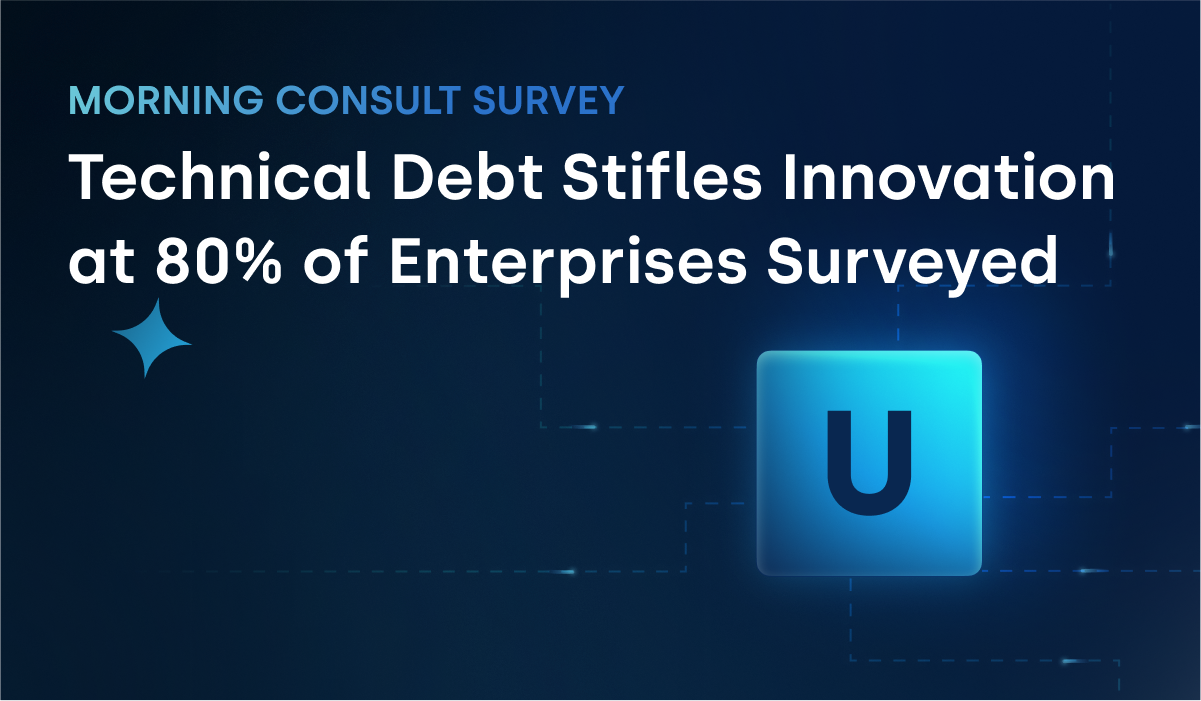This year, enterprises are expected to spend $550 billion building custom software.
Custom solutions can address the specific needs of a business and—ideally—secure an advantage over any competition who deign to rely on non-configurable, packaged software. Developing custom enterprise software, however, is not for the faint of heart.
Each new solution has to play nice with legacy systems and processes, balance the (occasionally competing) interests of multiple internal teams, and be continually maintained over its lifespan. To complicate matters further, companies are entirely reliant on a small pool of experienced engineers with the coding expertise to build robust enterprise-scale applications.
At least, that’s the way it used to be.
No-code platforms dramatically improve how enterprises build, deploy, and manage custom software. By simplifying and streamlining development, no-code shortens the time to market, improves quality, opens the process up, and lowers the costs of both initial builds and ongoing maintenance.
Many solutions on the market make similar claims, of course. Indeed, the application platform market (also called Application Platform as a Service, or “aPaaS”) can admittedly be pretty confusing. The sheer number of vendors, claims, and lingo can be overwhelming. But there are very important differences between enterprise-scale no-code and those other solutions.
We hope this guide will be a helpful resource for any enterprise looking to inject new efficiencies into their development function.




